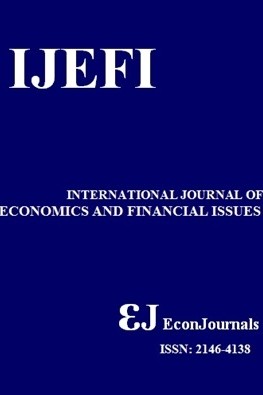Have Exchange Traded Funds Influenced Commodity Market Volatility?
Have Exchange Traded Funds Influenced Commodity Market Volatility?
Exchange Traded Funds (ETFs) have existed since the late 1980s, but were first traded on commodity markets in the early 2000s. Their inception has been linked by some market analysts with the large commodity price increases and volatility evident between 2007 and 2009. This research analyses forty-four ETFs across seventeen commodity markets and focuses on the role that the product has played, either as an accelerant for mispricing in international commodity markets, or as a mechanism for liquidity improvements, thereby increasing the speed of the transfer of information. An EGARCH model is used to investigate whether the volatility and liquidity effects are more pronounced in larger or smaller sized commodity markets. The results indicate that larger market-proportional ETF holdings are associated with higher EGARCH volatility. Smaller commodity markets are found to have increased liquidity flows, indicating benefits from ETF investment. The findings in this paper support calls for more intense regulation of the ETF industry and more investigation into the investment practices and rebalancing processes of the funds in question. The need for regulation of investment size and the imposition of market ownership caps cannot be rejected.
Keywords:
Exchange Traded Funds (ETFs) commodity markets, volatility,
- Başlangıç: 2011
- Yayıncı: İlhan ÖZTÜRK
Sayıdaki Diğer Makaleler
Dividend-Yield Trading Strategies: Evidence from the Chinese Stock Market
Chin-sheng HUANG, Chun-fan YOU, Hueh-chen LİN
Equity Returns, Firm-Specific Characteristics and Sector Rotation: Evidence from Turkey
Worker’s Remittances and GDP Growth in Pakistan
Rashid HUSSAİN, Ghulam Abbas ANJUM
Exports and Firm Productivity in Turkish Manufacturing: An Olley-Pakes Estimation
Ageing, Longevity and Savings: The Case of Morocco
Long Memory Behavior in the Returns of Pakistan Stock Market: ARFIMA-FIGARCH Models
Serpil TURKYILMAZ, Mesut BALIBEY
